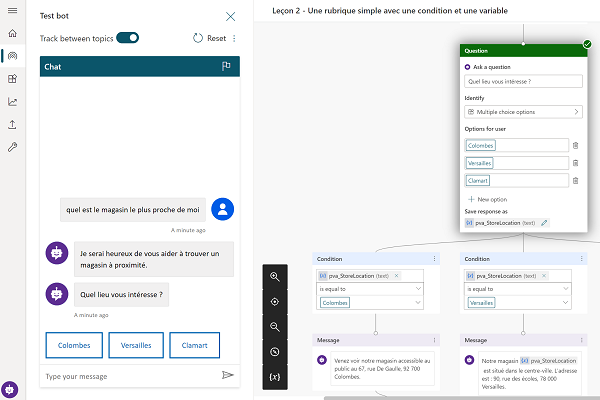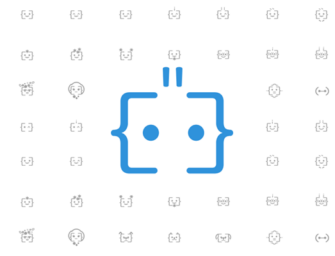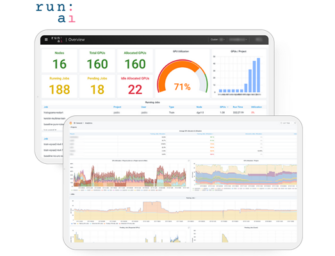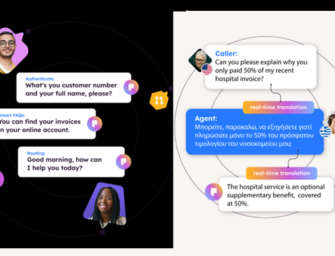Microsoft Adds New Language Options to Power Virtual Agents Platform
 Microsoft has taught its Power Virtual Agents (PVA)several new languages as part of its effort to get non-developers to build AI bots. The company is aiming the new language options at enterprise customers who want to localize their virtual assistants better.
Microsoft has taught its Power Virtual Agents (PVA)several new languages as part of its effort to get non-developers to build AI bots. The company is aiming the new language options at enterprise customers who want to localize their virtual assistants better.
Language AI
Power Virtual Agents offer a toolkit for those looking to build customer service bots without needing technical expertise. There’s no code, and Microsoft claims there’s no need for data experts in designing the bots. Instead, the platform uses a drag-and-drop system to add language and response chains. The PVA can be checked with a real-time simulator. Subject matter experts theoretically don’t need anything beyond their current skillset to build a bot.
Now, the bots can communicate in more than just English. The PVA can now speak most major European languages, simplified and traditional Chinese, Indonesian, Japanese, Russian, Turkish, Hindi, and Korean. The bots also offer localized intelligence to recognize regional differences. As an example, Microsoft says the bot will know when it sees 2/3, whether that’s February 3 or March 2.
“Power Virtual Agents is gaining traction around the world and the market has responded with a strong desire for us to support more languages,” principal program manager Michael Tjalve explained in a blog post. “When you create a new bot, you select the language you want the bot to understand when interacting with your users. You’ll see that your new bot is prepopulated with content in the target language and you can easily create more topics with trigger phrases and bot responses in the language you’ve selected.”
Geographic Expansion
PVA’s first public beta release arrived in November. While limited to customer services right now, the language update points to the broader goals Microsoft has for the product. The fact that it requires Microsoft Dynamics or at least Office 365 means the PVA is supposed to be part of a more inclusive ecosystem of Microsoft enterprise services.
As Voicebot pointed out then, this is Microsoft’s take on the visual flow builder for SDKs that are becoming more popular as non-technical developers flock to voice AI services. Amazon has Alexa Skill Blueprints, Google has Dialogflow with support from some third-party visual flow builders, and Samsung has Bixby Capsule Templates. The goal of reducing friction and simplifying the process of building enterprise-focused AI bots is the same.
Virtual customer service agents are also a logical starting point, adding to the number of options in that space in particular. For instance, Nuance created and released a set of its conversational artificial intelligence software to enable companies to design and build their own virtual assistants called the Nuance Mix. The new languages also complement the extra voice styles and emotional variations Microsoft added to its Azure Cognitive Services. Microsoft wants to make sure enterprise AI clients need no other company to accomplish their AI bot goals.
Follow @voicebotai Follow @erichschwartz
Microsoft Adds New Language Options to Power Virtual Agents Platform
Microsoft Adds New Speech Styles and ‘Lyrical’ Emotion to Azure AI Toolkit
Microsoft Cortana Ends Music and Smart Home Support as Enterprise Shift Continues








